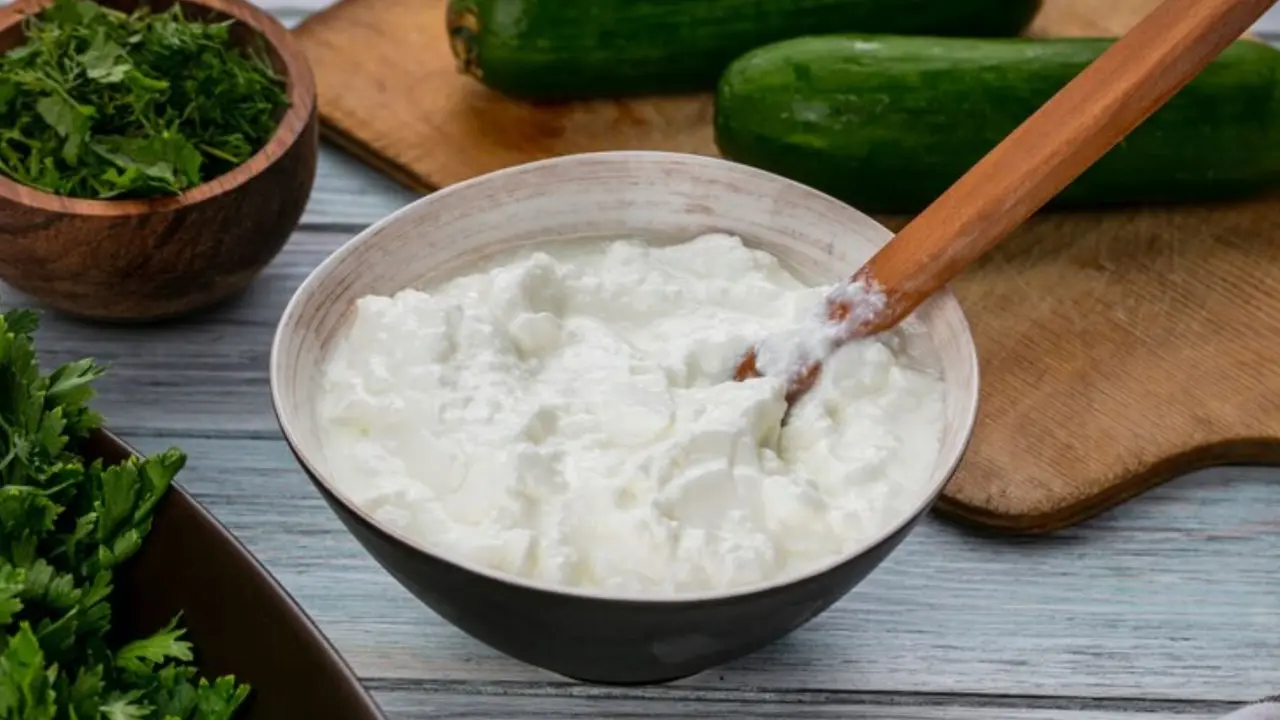Updated 13 May 2024 at 22:24 IST
Curd Vs Yogurt: Understanding Key Differences And What's Better For You
Despite their similarities, the primary distinction lies in their fermentation process. Though their textures are same they have different properties.
- Lifestyle News
- 2 min read

As the summer heat intensifies, many turn to fermented dairy delights like curd and yogurt to cool down. Both packed with nutrients and probiotics, these products are staples in many diets, yet they are not the same despite their similar appearance and uses.
Defining curd and yogurt
Curd, also known as dahi in various parts of India, is a fermented milk product that's integral to Indian cuisine. Made typically from cow's milk, curd forms by natural fermentation when lactic acid bacteria act on milk. The process involves adding a small amount of pre-existing curd to fresh milk and leaving it to ferment at room temperature, resulting in a semi-solid consistency with a pleasantly sour taste. Curd is often featured in dishes like raita, kadhi, and various rice preparations.
Yogurt, on the other hand, has been a part of global diets for thousands of years. This cultured dairy product is created by fermenting milk using specific bacterial strains, namely Lactobacillus bulgaricus and Streptococcus thermophilus. The milk undergoes pasteurization to kill any harmful bacteria before the addition of these cultures. Once fermented, yogurt is known for its smooth consistency and tangy flavor, often enhanced with added fruits and sweeteners.

Similarities and differences
Both curd and yogurt boast a creamy texture and are used widely in breakfasts, dips, snacks, and desserts. They share a reputation for promoting digestive health and boosting immune function due to their rich content of probiotics, protein, and calcium.
Advertisement
Despite these similarities, the primary distinction lies in their fermentation process. Curd uses a natural starter which can lead to variations in texture and flavor, depending on the source of the milk and the environment in which it ferments. Yogurt's fermentation, however, involves controlled conditions and specific bacteria, resulting in a consistent taste and texture.
Additionally, curd is a staple in Indian and South Asian cuisines, while yogurt is more commonly found in Western countries, reflecting their respective culinary traditions. This difference not only highlights their unique production processes but also their cultural significance around the world.
Advertisement
Published By : Devasheesh Pandey
Published On: 11 May 2024 at 00:21 IST
